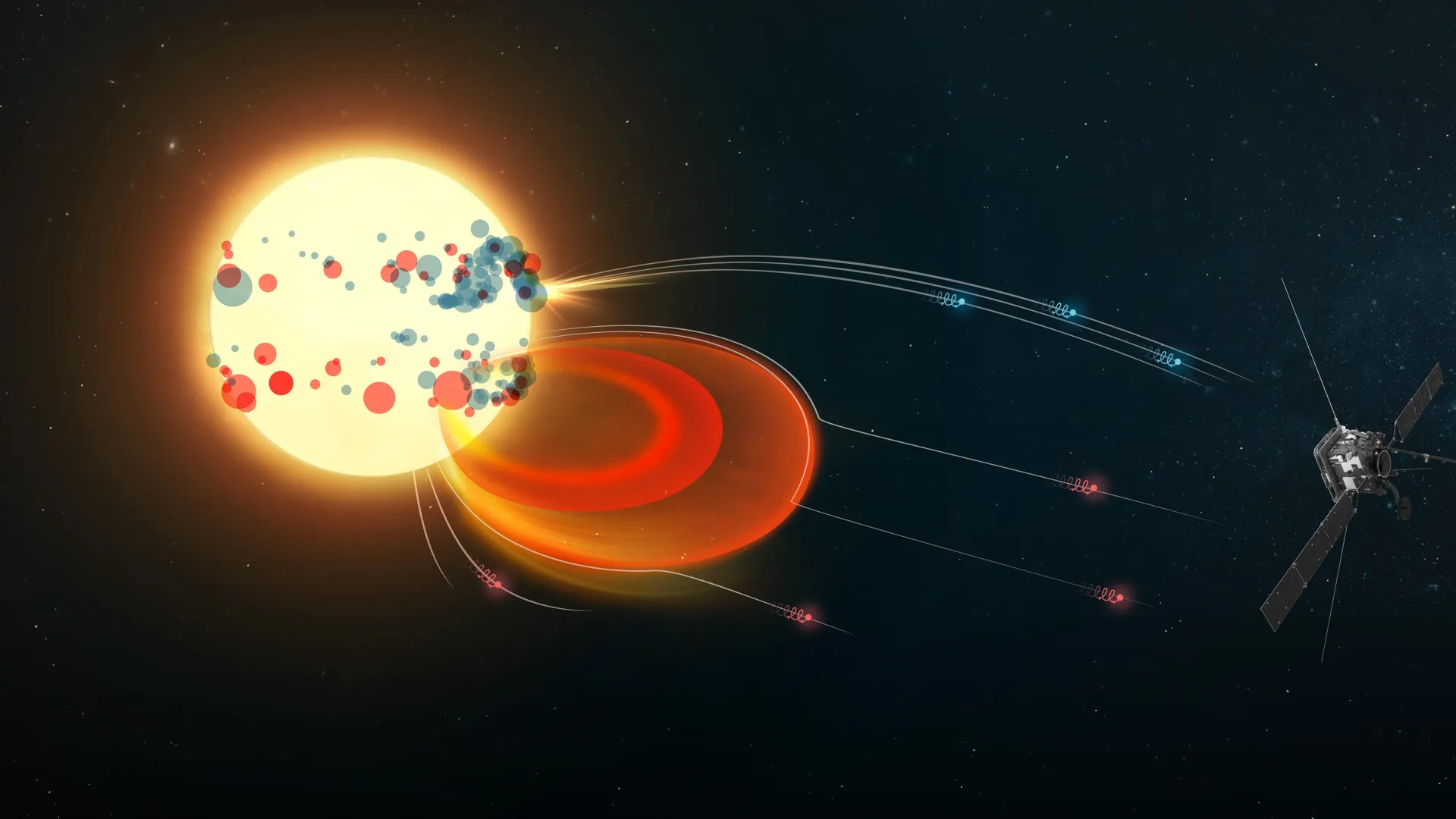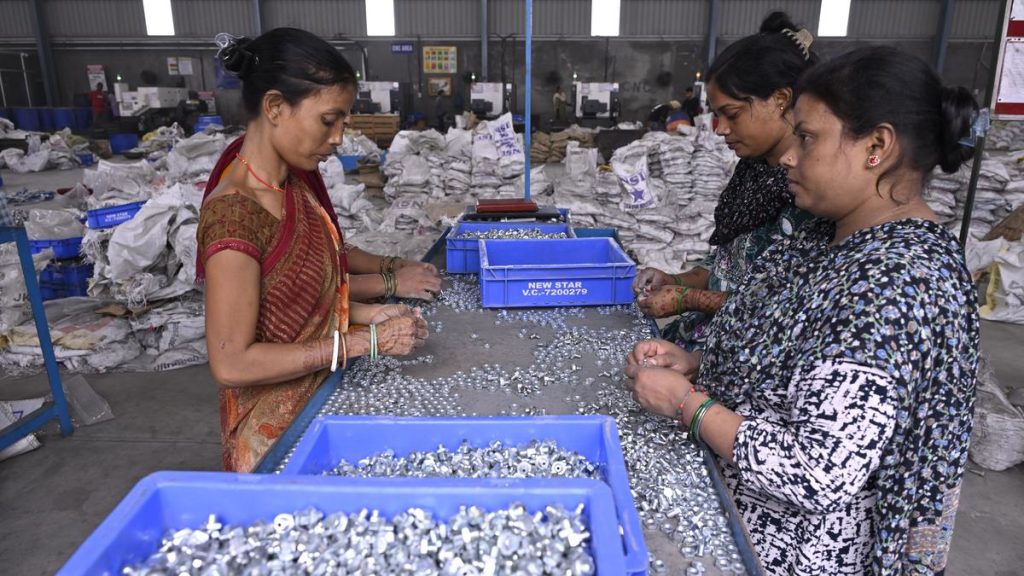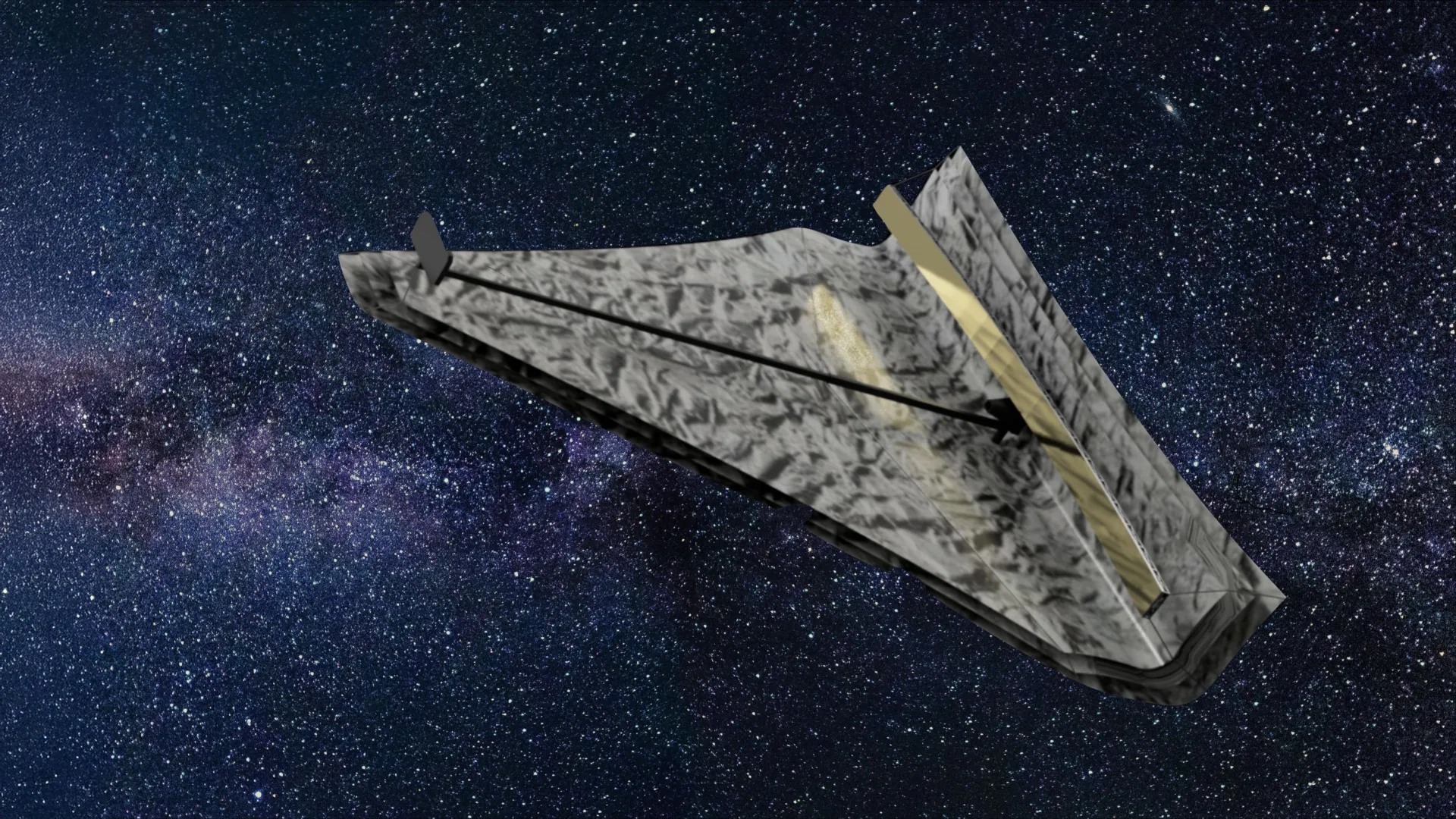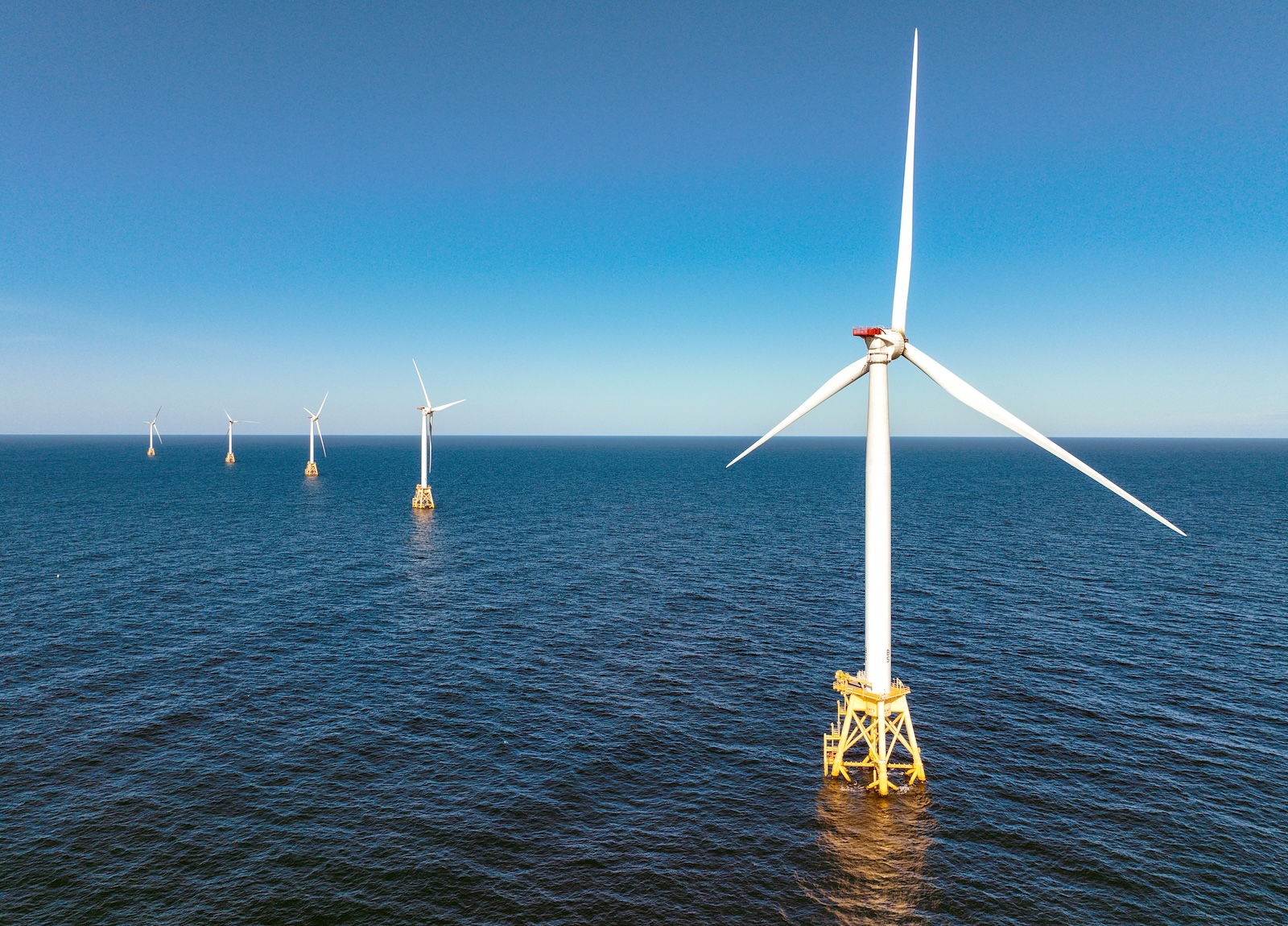Now Reading: Unveiling the Sun’s Mysterious Particle Engines
-
01
Unveiling the Sun’s Mysterious Particle Engines
Unveiling the Sun’s Mysterious Particle Engines

Quick Summary
- Solar Orbiter Mission Findings: Researchers, aided by the European Space agency’s Solar Orbiter mission, identified two types of Solar Energetic Electron (SEE) events-one linked to solar flares and another connected to coronal mass ejections (CMEs).
- key Differences in SEE Events: Solar flares cause “impulsive” particle bursts, while CMEs lead to broader “gradual” swells of particles. These events were pinpointed more accurately due to closer proximity measurements by Solar Orbiter.
- electron Travel Study: Scientists studied electron movements thru space and found delays between solar activity and particle detection caused by turbulence and scattering effects along their journey.
- Space Weather Forecasting Significance: Understanding energetic particle behaviors will aid predictions of space weather, helping protect spacecraft, satellites, and astronauts from potential damage caused by CMEs’ high-energy particles.
- Future Missions: ESA’s Vigil mission (2031) aims to monitor the Sun in real-time from a unique vantage point for rapid detection of hazardous solar events. The Smile mission launching next year will study how Earth’s magnetic field responds to solar storms.
Indian Opinion Analysis
The breakthrough findings from the ESA-led Solar Orbiter mission highlight notable advancements in understanding our Sun’s behavior and its interaction with the solar system.For India-a nation actively investing in space exploration such as ISRO’s Aditya-L1 mission-this research underscores the critical importance of studying solar activities for ensuring satellite reliability and protecting technological infrastructure. With increasing dependence on satellites for communication, navigation, meteorology, and defense applications, proactive strategies informed by global collaborations like this could bolster India’s preparedness against space weather threats.
Moreover, insights into CME-driven energetic particles might potentially be especially relevant for developing robust forecasting systems capable of mitigating risks associated with India’s ambitious space programs-including crewed missions planned under Gaganyaan-given astronaut safety concerns during adverse solar conditions. Collaborative efforts between international agencies could pave a way forward not just scientifically but also strategically for nations increasingly reliant on aerospace technologies.
For additional insights into this groundbreaking study:
Read More























